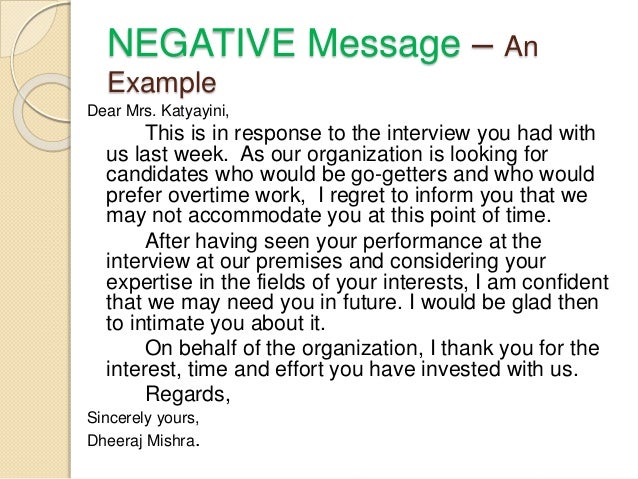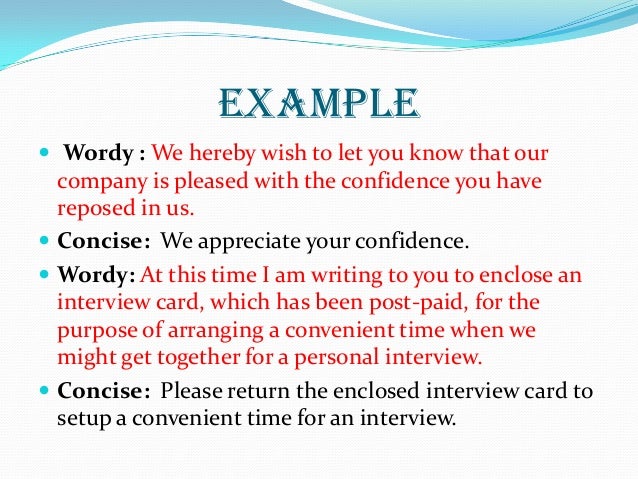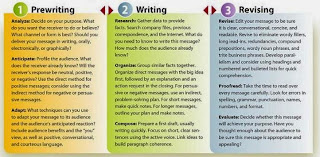In business, we have to being a persuasive person because it's needed to build the best relationship and also brings the best company. Mastering persuasive skill means being able to create successful persuasive messages. There are six effective persuasion techniques such as :
- establishing credibility so the sender must engender trust to the receiver,
- making a precise request so the request must be realistic one,
- tying facts to benefits in order to support the sender’s view,
- recognizing the power of loss to be a powerful motivator for the receiver,
- expecting and overcoming resistance,
- sharing solutions that acceptable to all concerned and compromise.
Not only that, there are five steps to do in writing persuasive messages such as:
- prewrite especially the purpose of the message and the profile of the audience,
- gain attention with making the reader aware of the problem and establishing credibility,
- build interest with using facts or statistics and always be positive one, reduce resistance with recognizing any weaknesses and suggesting well-reasoned counterarguments, and motivate action like stating a specific request such as deadline and repeating a major benefit that appeals to the reader.
You will mastering the successful persuasive messages when you follow these aspects and steps.






